How To Accelerate Your Learning In 3 EASY Steps
The way that we learn is broken.
Why is that, anyway?
Well, simply put, we are not using our brains the way they are meant to be used. By trying to read through boring textbooks and lectures, we are failing to leverage the immense power of the human brain and therefore most of us never unlock our true potential to learn faster and more effectively.
In this post, I'm going to share with you the three basic techniques behind dramatically upgrading your memory, improving your reading speed, and therefore learning anything and everything faster and easier.
#1: Visual Memory & The Memory Palace
The first major technique is to develop your visual memory. Have you ever heard of someone who claims to have a photographic or eidetic memory who can remember just about everything they see just by visualizing it? Well, I have really good news for you. Everyone can and should develop a photographic memory.
Interesting, right? Allow me to explain.
Over the last few million years, our ancestors did a lot of learning to survive, but most of their learning wasn't auditory. It was either taste or smell, such as “Is this meat still safe to eat?”, or it was visual.
Think about the types of information that gave an ancient caveman or cavewoman a survival advantage. Remembering the faces and tribal colors of all the surrounding people as well as whether or not they were friendly was pretty important.
Remembering all of the various plants in their environment and whether or not they're poisonous, nutritious, or even offer some medicinal value – pretty important as well.
Or how about remembering which snakes, or insects, or other wildlife were dangerous?
Finally, the last piece of information that was truly important to our ancestors was location. They could remember how to get home, where the water source was, or where they buried their winter food supply way before we had GPS and Google maps.
After millions of years of this type of evolution, we developed a very, very powerful ability called the picture superiority effect. While smell and taste are the most memorable senses, it turns out that visual memory is also shockingly more effective than auditory. Our spatial memory is really, really powerful as well.
That's why most people won't forget the face of a loved one for as long they live, and it is also why you can remember pictures better than anything else, and why you most likely remember the layout of your childhood home with shocking clarity.
Modern-day mnemonists or memory experts use these cognitive advantages to memorize literally anything faster and easier. They create what I call markers, or imagined visual symbols, to remind themselves of a new piece of information, and then, at the higher level, they store those pieces of information in a structure in their mind called the memory palace.
If you've ever read about or watched Sherlock Holmes and seen how he remembers so much information, well this is exactly how he does it, and it turns out this is a real technique that really works.
With a little bit of training, markers can be created for anything and everything from phone numbers to people's names, to historical events and much, much more.
So, by creating these vivid imaginary visualizations, your brain will actually remember an exponentially greater amount of information, making it easier to store it for long periods of time with minimal review necessary.
You can learn more about our visual memory and memory palaces at the videos below:
#2: Link Your Memories Together
But that's really not all mnemonists do to hack their memory and that actually leads me to my second point. Strategy two is to link your memories together.
Our brains are incredible instruments. They have roughly a hundred billion neurons and they can store about 2.2 petabytes of information. However, all this raw power comes at a cost.
Our brains consume a ton of energy. For this reason, they need to be as efficient as possible. In fact, there are actually two dedicated centers in the brain, the hippocampi, whose job it is to actually forget useless stuff that's not worth maintaining.
This is why most of us don't remember what we learned in our early school years and why it's often so hard to learn new information.
But once again, I have very good news for you. You can fool your hippocampi into remembering new information. All you need to know is just a little bit about how that works!
When assessing new information, our brains work actually a lot like Google's page rank search algorithm. They look around to see if the information itself is interesting, new, and unique, but more importantly, they actually look to see what other information is connected around it.
So if a new piece of information is connected to other important information, the brain realizes that it must be important and it files away for safekeeping. But if a new piece of information is seemingly unrelated to anything we already know, well, we tend to forget it.
This is why we have such an easy time learning new words in our own language or remembering stories in detail about the people we love, but we can't seem to remember the name of that new person we meet at the party or memorize that new foreign language word.
In the world of mnemonics, we again use this fact to our advantage in a process called dual encoding. Any skilled mnemonist knows to connect a new piece of information to something they already know, whether it be a word that sounds like another word, a person that shares the same name, or just adding facts to an existing memory palace.
To combine this trick with strategy number one, we create visualizations that incorporate existing symbols, images, people, or facts that we know.
In fact, we try to create as many connections as we can to our existing knowledge even if they're completely made up, and by doing so, you will once again double or even triple your ability to remember new information.
It sounds incredible, and it really is when you experience it.
#3: Speed Reading
Now, with all of this newfound ability to memorize new information, I want you to imagine all the books you could read and actually remember, which leads me to the third tip, which is how you can double or triple your reading speed.
From my experience, everybody wants to read faster, after all, so much of the knowledge that we desire is locked away in books, articles, reports, and so much more.
Fortunately, there are actually strategies that you can use to double or even triple your reading speed, such as reducing unnecessary movement of the eyes, expanding the width of their focus, or optimizing the areas that you're focusing on to avoid wasting time looking at the margins of pages.
At the core of improving your reading speed is really learning to eliminate something called subvocalization. It's otherwise known as that little voice in your head.
Most people read at 250 words per minute and they can comprehend spoken word at a maximum of about 300 to 400 words per minute. Reading the words in your head or subvocalization therefore limits you to around 400 words per minute. But, if you're able to reduce the percentage of words that you read in your head, you'll not only be able to achieve speeds of 600 or even 700 words a minute, you'll even increase your comprehension.
This is because of that same fact that we learned in strategy number one. You see, not only is visual information more memorable, but it's also significantly faster for our brains to understand. In fact, it's actually been proven that we can recognize something as complex as a face and the emotions that it's demonstrating in about a hundred to 150 milliseconds. Yeah, that's one 10th of a second.
Now, just imagine how fast your brain can recognize something as simple as written words on a page.
If you want to dive (a lot) deeper on speed reading and the science behind it, check out the video below:
Conclusion
Of course, there is a lot more to say about connecting these three super skills together and the finer points of how to apply each of them together, but unfortunately, we can't cover everything here.
If you would like to learn more about how to actually use these three core memory improvement techniques that we talked about in this video, please take a moment click on the link below and learn more about our flagship learning, memory, and speed reading program, The Become a SuperLearner MasterClass.
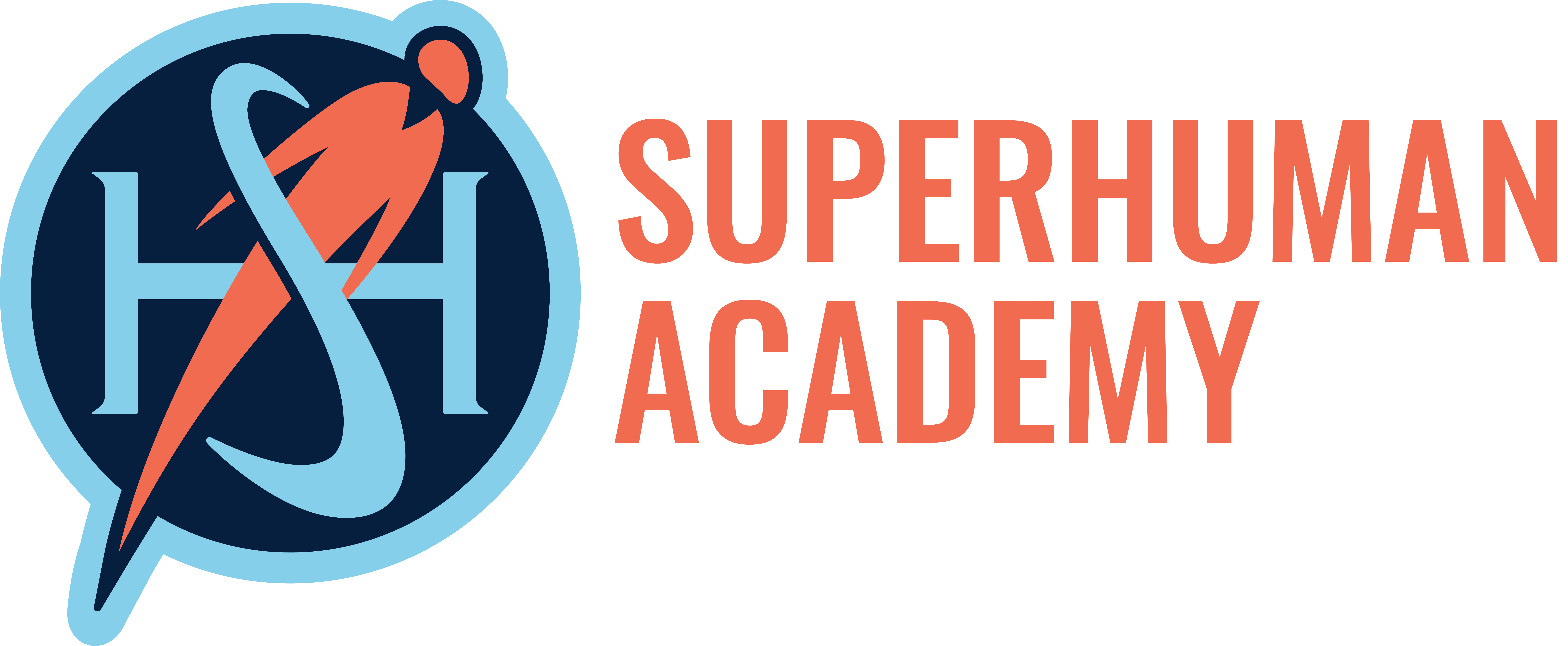
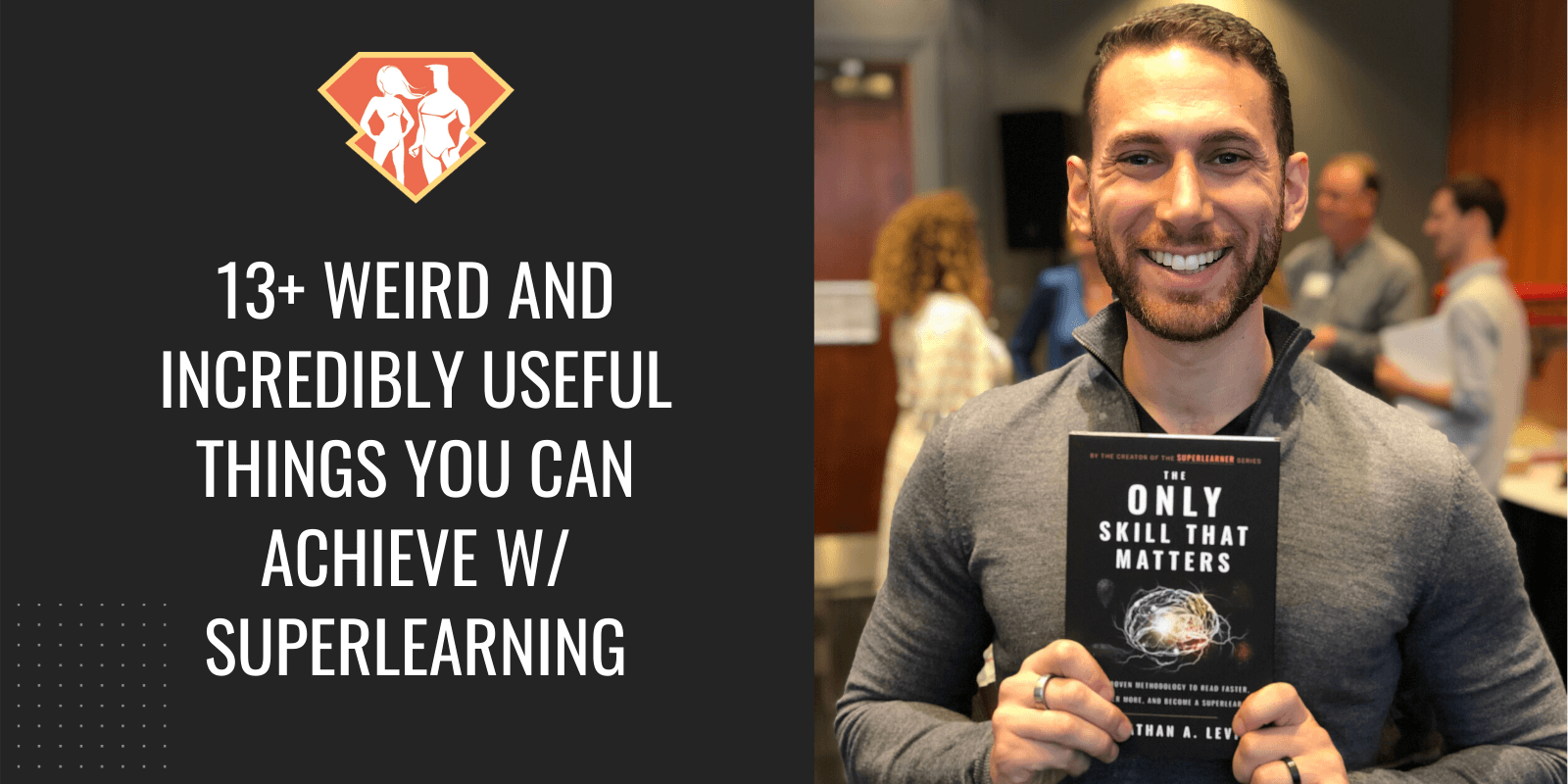

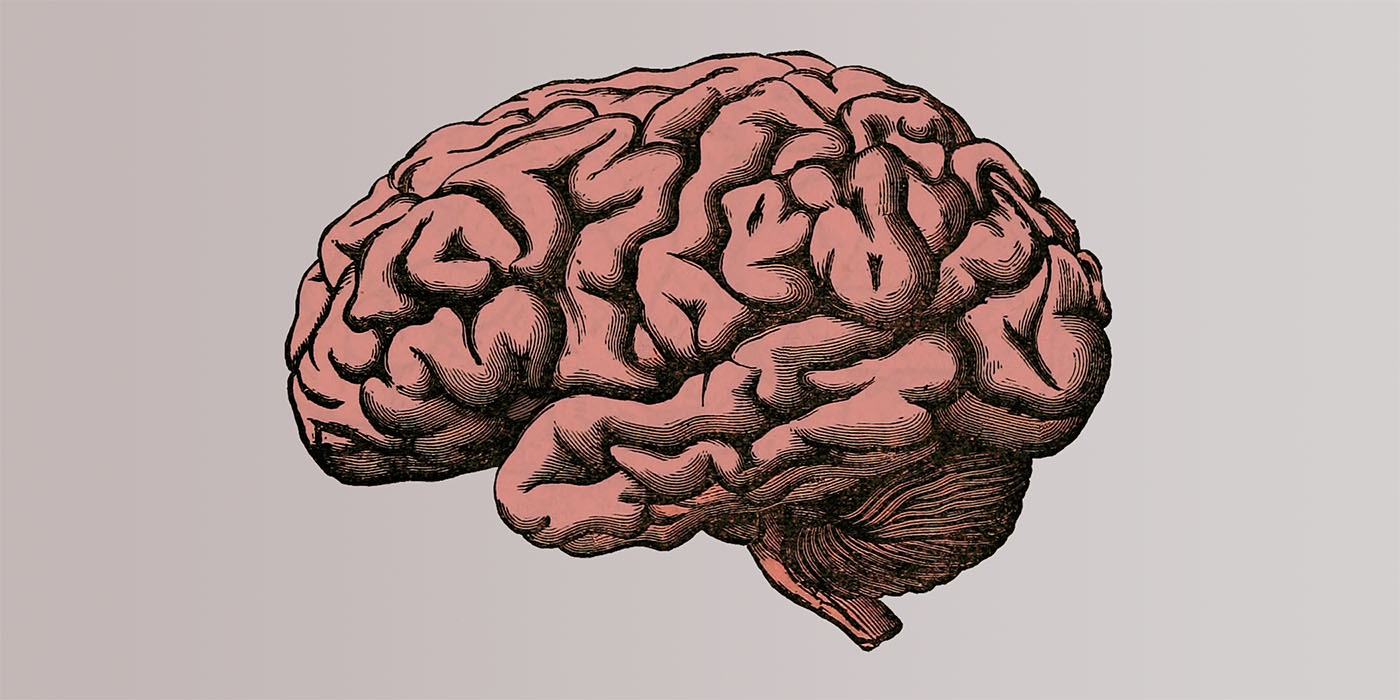
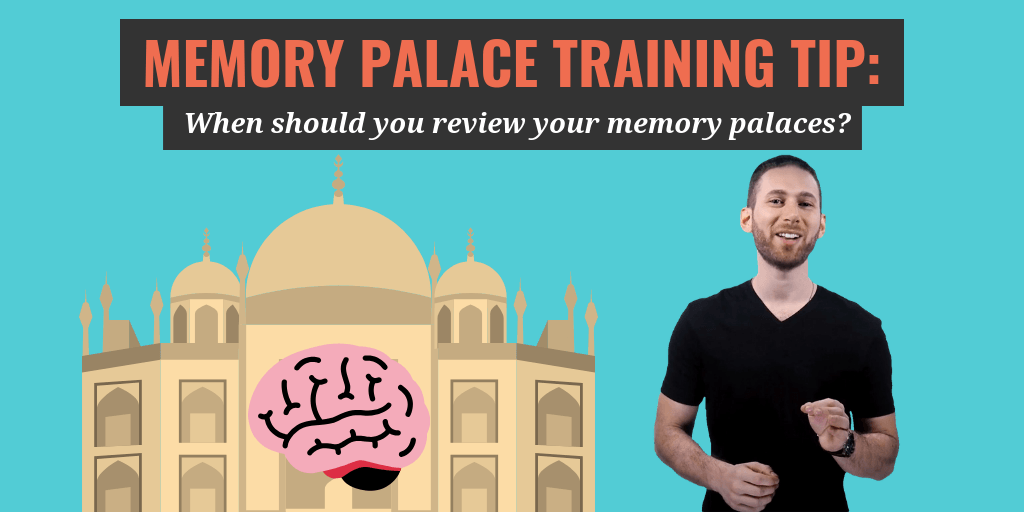

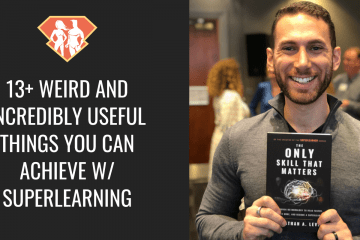

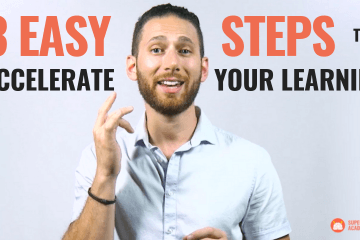
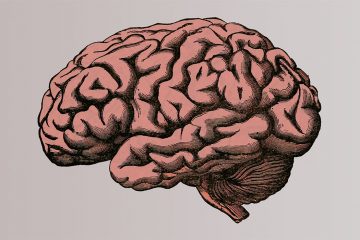
1 Comment
Thank you for the useful and helpful content.